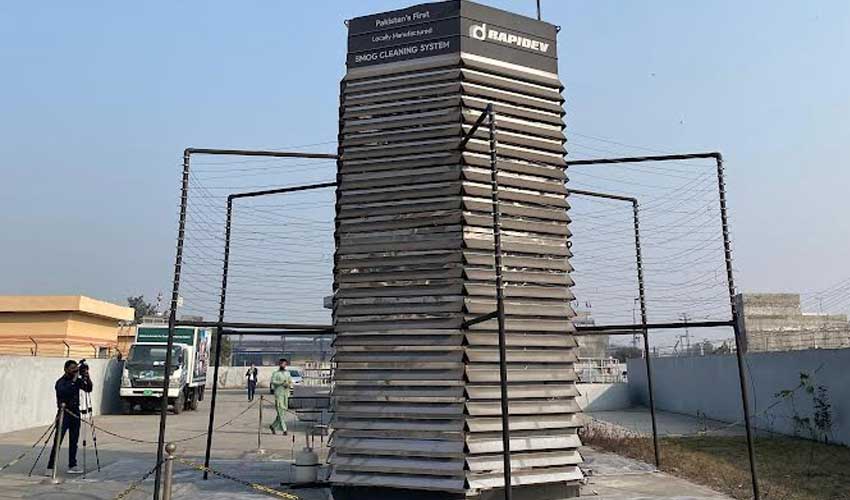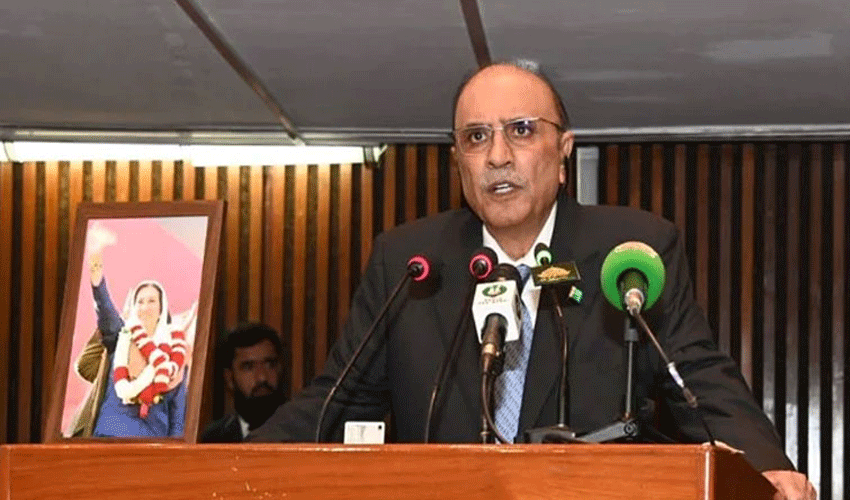The much-anticipated smog tower installed in Lahore to combat pollution has failed to deliver effective results, according to a research paper by the Environment Department.
The study reveals that the air quality station nearest to the smog tower recorded the most dangerous pollution index, raising concerns about its effectiveness.
The smog tower, installed by a private company as a pilot project, was expected to purify the air using electrostatic technology, but the research found no significant impact on pollution levels. Instead, wind speed had a greater effect on the Air Quality Index (AQI) than the smog tower itself.
Key findings of research paper
- The smog tower had limited airflow, reducing its effectiveness.
- The electrostatic air purification claim remained unclear in the study.
- Air pollution remained at dangerous levels near the smog tower.
- Wind speed had a more significant impact on air quality than the smog tower.
Punjab Environment Secretary Raja Jahangir Anwar stated that the smog tower was installed by a private company without any financial burden on the Punjab government. He confirmed that the company has been granted an additional three months to improve the project.
Meanwhile, the private company admitted to flaws in the pilot project, acknowledging that adjustments are needed to achieve better results.



























